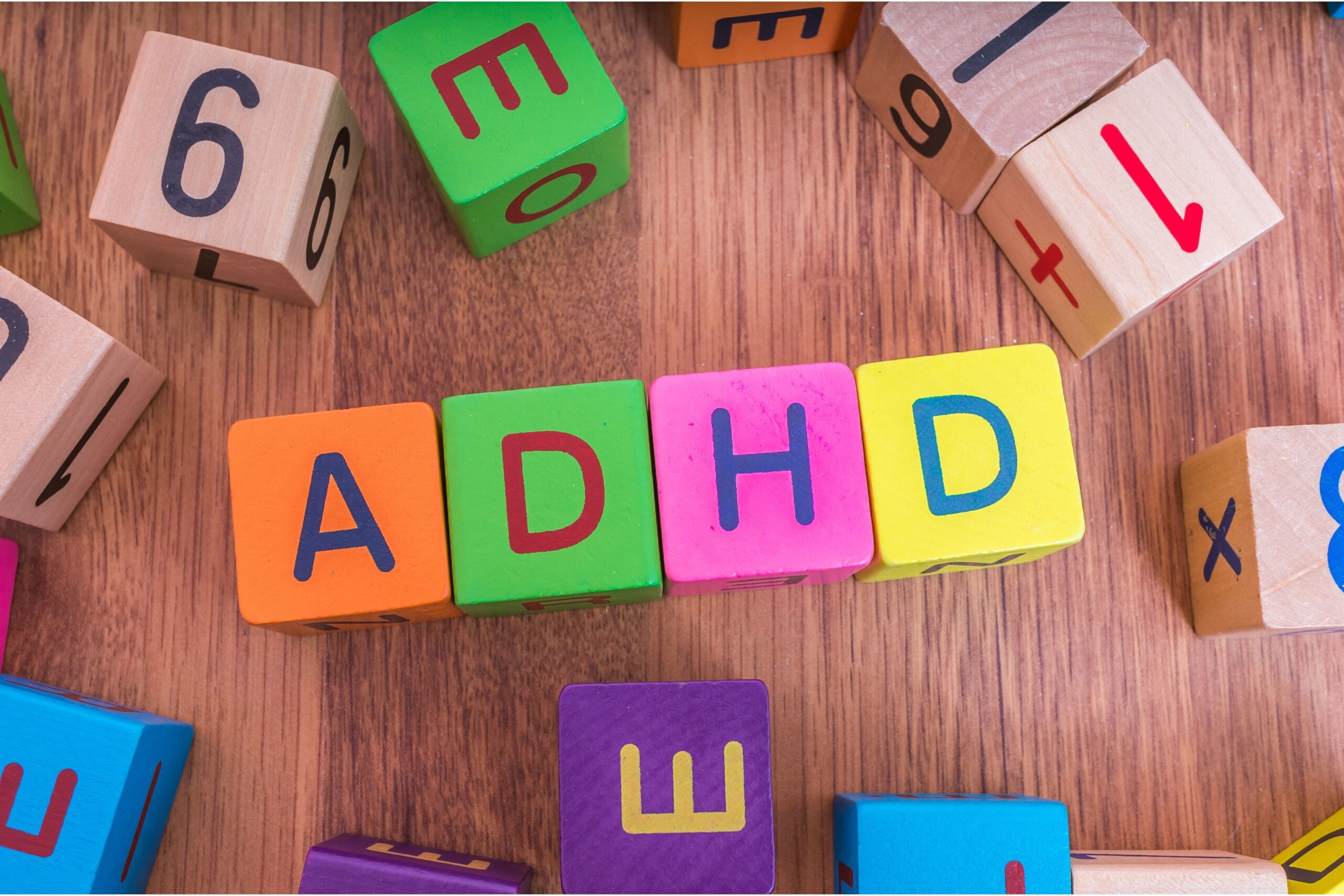We’ve all heard of ADHD before, but what exactly does it entail? We’re breaking it down for National ADHD Awareness Month!
You may have heard someone throw around the term when they felt scatterbrained, but true ADHD isn’t a momentary fog or a temporary phase; it’s a diagnosable behavioral disorder that can make completing daily tasks strenuous. Because ADHD is often misunderstood and sometimes unfairly labeled as a “fake” condition, its effects on the overall quality of life are widely underestimated.
This October, we’re taking an in-depth look at the condition and the impact it has on people’s lives.
ADHD explained
ADHD, or Attention Deficit Hyperactivity Disorder, is a neurodevelopmental disorder described as an “ongoing pattern of inattention and/or hyperactivity-impulsivity” that affects daily tasks and overall life. People who have ADHD might have trouble beginning an activity, focusing, maintaining attention, organizing, and managing tasks.
ADHD does not discriminate against age, race, or IQ, and it’s found in all types of people around the world. According to the CDC, a 2016 study shows that 9.4 percent of U.S. children have been diagnosed with ADHD. And a Harvard/NIMH National Comorbidity Survey found that 4.4 percent of adults ages 18-44 have been diagnosed with it as well.
Symptoms
Because children don’t have the ability to always communicate how they’re feeling, ADHD is often disguised as bad behavior. Getting in trouble at school, not following directions, and breaking the rules may be signs of a defiant child, but it can also be veiled signs of ADHD. It’s important to monitor the way your child acts and reacts to daily situations, as ADHD might be the underlying issue going untreated.
The three presentations of ADHD are inattentive, hyperactive-impulsive, and combined inattentive.
The following symptoms of each include:
Inattentive presentation
- Fails to pay close attention to detail
- Makes careless mistakes often
- Has difficulty sustaining attention
- Struggles with organization
- Has difficulty following instructions
- Gets distracted easily
- Is forgetful in daily activities
- Misplaces things often
- Dislikes tasks that require mental effort
- Does not appear to listen
- Has trouble focusing
Hyperactive-impulsive presentation
- Can’t stop moving/has trouble being still
- Talks excessively
- Interrupts/blurts out/seems too eager to speak
- Struggles with taking turns
- Difficulty waiting for something
- Intrudes upon others
- Fidgets with feet or hands
- Squirms around when seated
- Extreme restlessness
- Acts as if a motor drives them
Combined inattentive and hyperactive-impulsive occurs when someone experiences symptoms from both categories.
The effect of ADHD
ADHD can cause major setbacks in children’s and adults’ personal and professional lives. Usually, other mental health conditions are prevalent alongside the disorder. Studies found that up to 40 percent of children and 25-40 percent of adults with ADHD have an anxiety disorder as well. And experts claim that up to 70 percent of people with ADHD will be treated for depression sometime in their life. Additionally, sleep disorder affects those with ADHD three times more often than those without it.
Just as the mental conditions it co-exists with, leaving ADHD without treatment can have a negative impact on a person’s life.
Undiagnosed and untreated ADHD in adults is shown to contribute to:
- Problems succeeding in school and graduating
- Trouble at work, unproductiveness, decreased earning power
- Issues with relationships
- Increased number of driving citations and accidents
- Struggles with overeating and obesity
- Problems with the law
Treatment
Although ADHD isn’t curable, it can be much more manageable with the help of treatment. A child with ADHD who’s a troublemaker at school could have a complete behavioral shift after beginning treatment. Similarly, an adult might see vast improvements in productivity at work once treated for ADHD.
Depending on your doctor’s evaluation and the plan of action they see fit, treatment can include behavioral interventions, training, educational support, psychotherapy, and medication. It’s common for someone with ADHD to receive a combination of treatments. If you or your child is showing the symptoms of ADHD, we encourage you to consult a doctor—it’s never too late to get diagnosed and find a plan of action.
For all medical-related emergencies, our highly trained doctors and nurses are here to help. Stop by our premier facility open 24 hours a day to receive top-tier care when you need it most.




Comments are closed